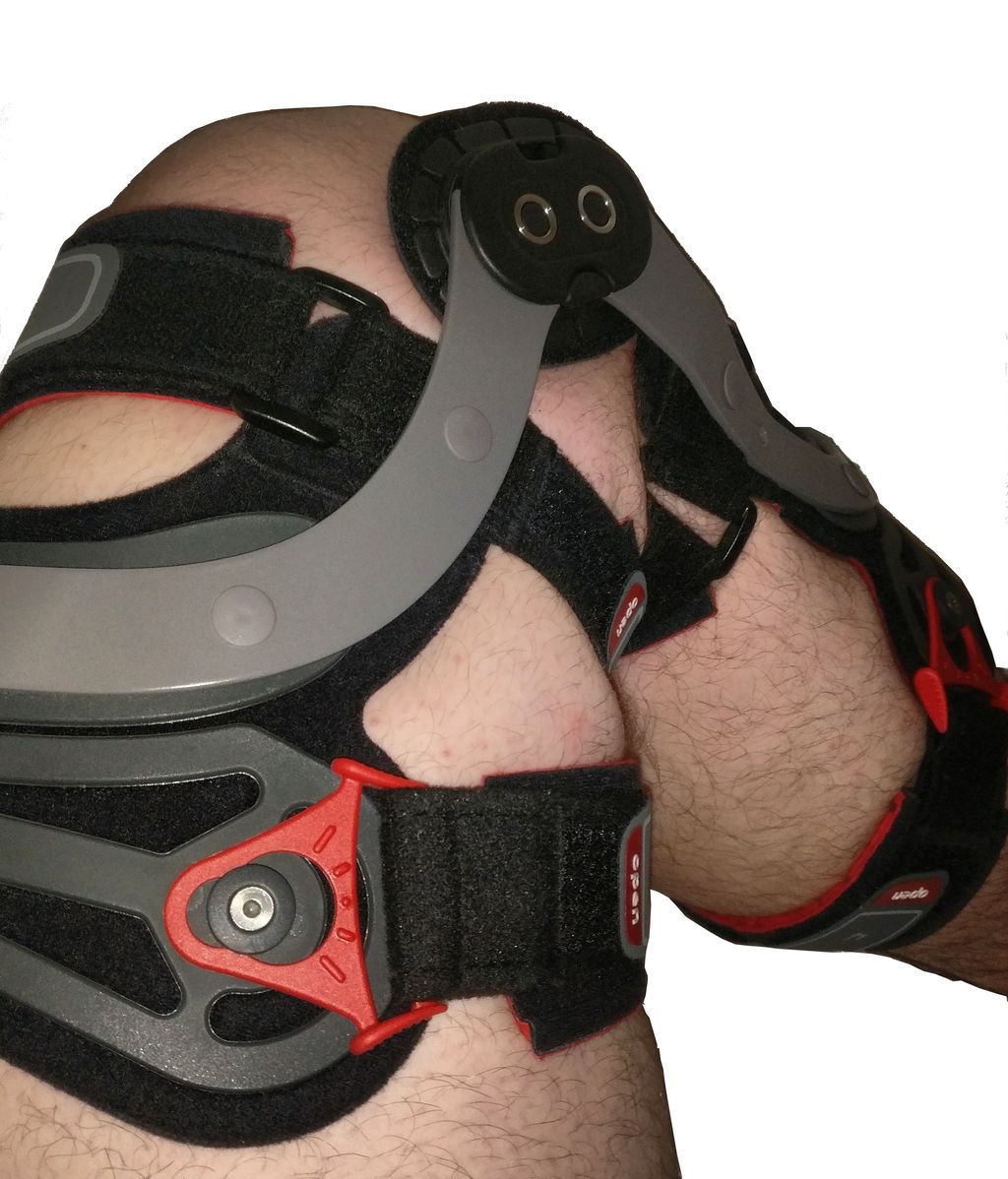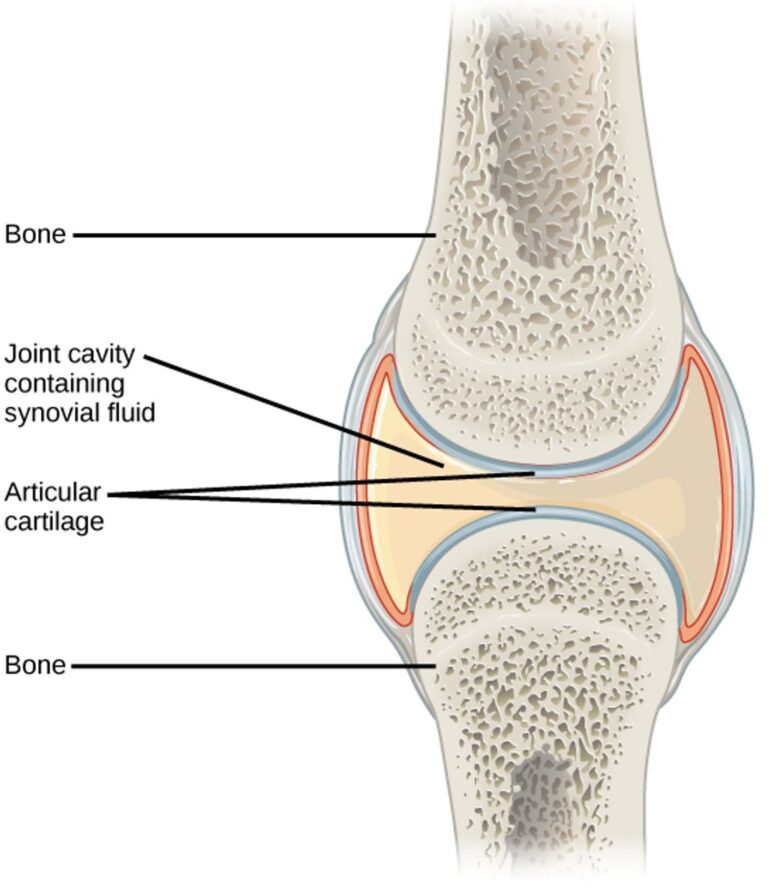The Importance of Knee Support in Managing Knee Pain
Knee pain is a common issue that can significantly impact a person’s quality of life. Whether caused by injury, overuse, or medical conditions, managing knee pain is essential for maintaining mobility and overall well-being. One effective method for managing knee pain is through the use of knee support. By providing stability, compression, and protection, knee support can alleviate pain, promote healing, and prevent further damage. In this article, we will explore the importance of knee support in managing knee pain and provide key takeaways to help you make informed decisions about using knee support.
Key Takeaways
- Knee support can provide stability and relieve pain in individuals with knee pain.
- There are different types of knee support available, including braces, sleeves, and wraps.
- Choosing the right knee support depends on the specific needs and preferences of the individual.
- Using knee support during physical activities can help prevent knee injuries and provide additional support.
- Proper fit, sizing, and care are essential for maximizing the effectiveness and longevity of knee support.
Understanding Knee Pain
Common Causes of Knee Pain
Knee pain can be caused by a variety of factors, including injury, overuse, and medical conditions. Injuries such as sprains, strains, and fractures can lead to knee pain. Overuse of the knee joint, especially in activities that involve repetitive motions like running or jumping, can also result in knee pain. Additionally, certain medical conditions like osteoarthritis and rheumatoid arthritis can cause chronic knee pain.
It’s important to identify the underlying cause of knee pain in order to effectively manage and treat it. If you’re experiencing persistent knee pain, it’s recommended to consult with a healthcare professional for a proper diagnosis and treatment plan.
Here are some common causes of knee pain:
- Injury: Sprains, strains, fractures
- Overuse: Repetitive motions, excessive strain
- Medical conditions: Osteoarthritis, rheumatoid arthritis
Types of Knee Pain
Knee pain can manifest in various ways, depending on the underlying cause. Osteoarthritis is a common type of knee pain that occurs due to the gradual wear and tear of the joint cartilage. This can lead to stiffness, swelling, and pain, especially during movement. Patellofemoral pain syndrome, also known as runner’s knee, is characterized by pain around the kneecap and is often caused by overuse or misalignment of the patella. Ligament injuries, such as an anterior cruciate ligament (ACL) tear, can result in severe pain and instability in the knee. Other types of knee pain include bursitis, tendonitis, and meniscus tears.
To better understand the different types of knee pain, here is a table summarizing their characteristics:
| Type of Knee Pain | Description |
|---|---|
| Osteoarthritis | Gradual wear and tear of joint cartilage |
| Patellofemoral pain syndrome | Pain around the kneecap, often due to overuse or misalignment |
| Ligament injuries | Severe pain and instability, often caused by ligament tears |
| Bursitis | Inflammation of the bursae, small fluid-filled sacs that cushion the knee joint |
| Tendonitis | Inflammation of the tendons that connect muscles to bones |
| Meniscus tears | Tears in the rubbery discs that cushion the knee joint |
It’s important to accurately identify the type of knee pain in order to provide appropriate treatment and support.
Symptoms of Knee Pain
Knee pain can manifest in various ways, and it is important to recognize the symptoms to determine the appropriate course of action. Some common symptoms of knee pain include:
- Swelling: Swelling around the knee joint can indicate inflammation or injury.
- Stiffness: Feeling stiffness in the knee, especially after periods of inactivity, may be a sign of underlying issues.
- Popping or clicking: Hearing popping or clicking sounds when moving the knee can suggest problems with the joint.
It is crucial to pay attention to these symptoms and consult a healthcare professional for a proper diagnosis and treatment plan. Ignoring knee pain can lead to further complications and hinder daily activities. Remember, early intervention is key to managing knee pain effectively.
Importance of Knee Support
Benefits of Knee Support
Knee support can provide several benefits for individuals experiencing knee pain. Firstly, it helps to stabilize the knee joint, reducing the risk of further injury or damage. This is particularly important for individuals with instability or weakness in the knee. Additionally, knee support can help to relieve pain and reduce swelling by providing compression and support to the affected area.
Furthermore, knee support can improve mobility and functionality by promoting proper alignment and movement of the knee. It can also enhance performance during physical activities by providing additional support and reducing strain on the knee. Lastly, knee support can contribute to faster recovery and rehabilitation by facilitating proper healing and preventing further damage.
In summary, the benefits of knee support include stabilization, pain relief, improved mobility, enhanced performance, and faster recovery.
Types of Knee Support
There are several types of knee support that can help manage knee pain and provide stability to the knee joint. Knee sleeves are a popular choice as they provide compression and support to the knee without restricting movement. They are often used for mild to moderate knee pain and can be worn during physical activities. Knee braces are another type of knee support that offer more stability and protection. They are commonly used for more severe knee pain or after knee surgery. Patellar straps are designed to target specific areas of the knee, such as the patella tendon, and provide targeted support. They are often used for conditions like patellar tendonitis. Hinged knee braces are a more advanced type of knee support that have hinges on the sides to provide additional stability and control movement. They are often used for more serious knee injuries or during rehabilitation.
When choosing the right knee support, it is important to consider the specific needs of the individual and the type of knee pain they are experiencing. It is recommended to consult with a healthcare professional or physical therapist to determine the most suitable knee support for each individual case.
Choosing the Right Knee Support
When it comes to choosing the right knee support, there are several factors to consider. Comfort is key, as you’ll want to ensure that the support is snug but not too tight. Flexibility is also important, as you’ll want a support that allows for a full range of motion. Additionally, consider the level of compression provided by the support, as this can help reduce swelling and inflammation.
A table can be a helpful tool when comparing different types of knee supports. Here is an example of a simple table that compares three popular knee support options:
| Knee Support Type | Features | Price |
|---|---|---|
| Neoprene Sleeve | Breathable material, adjustable straps | $20 |
| Patellar Strap | Targeted patella support, adjustable fit | $15 |
| Hinged Brace | Stabilizing hinges, adjustable straps | $30 |
Remember, the right knee support will depend on your specific needs and the nature of your knee pain. It’s always a good idea to consult with a healthcare professional or physical therapist for personalized advice.
Tip: When trying on knee supports, make sure to move around and perform some knee movements to ensure a proper fit and comfort.
Managing Knee Pain with Knee Support
Using Knee Support for Pain Relief
Using knee support can provide significant pain relief for individuals experiencing knee pain. Knee support helps to stabilize the knee joint, reducing stress and pressure on the affected area. It also provides compression, which can help reduce swelling and inflammation. By wearing knee support, individuals can experience improved comfort and mobility, allowing them to engage in daily activities with less pain and discomfort.
Additionally, knee support can be used in conjunction with other pain management techniques, such as physical therapy and medication, to enhance the overall effectiveness of treatment. It is important to consult with a healthcare professional to determine the appropriate type of knee support and the duration of usage for optimal pain relief.
To maximize the benefits of knee support, it is recommended to follow these tips:
- Ensure a proper fit and sizing of the knee support to ensure optimal support and comfort.
- Wear knee support during physical activities to provide additional stability and protection.
- Properly care for the knee support by regularly cleaning and maintaining it.
Remember, knee support is a valuable tool in managing knee pain and promoting overall knee health.
Rehabilitation and Knee Support
Rehabilitation plays a crucial role in the recovery process for knee injuries. Physical therapy is often recommended to help strengthen the muscles around the knee and improve flexibility. It can also help reduce pain and swelling. Exercises such as quadriceps sets, straight leg raises, and heel slides are commonly prescribed to improve knee function.
In addition to physical therapy, using knee support during rehabilitation can provide added stability and protection. Knee braces are commonly used to support the knee joint and limit excessive movement. They can help reduce the risk of reinjury and provide a sense of security during physical activities.
It’s important to consult with a healthcare professional or physical therapist to determine the appropriate type of knee support for your specific condition. They can provide guidance on the proper fit and usage of knee braces or other support devices.
Remember, rehabilitation and knee support go hand in hand in managing knee pain and promoting recovery.
Preventing Knee Injuries with Knee Support
Knee support plays a crucial role in preventing knee injuries during physical activities. Proper fit and sizing of knee support is essential to ensure maximum protection and stability. It is important to choose a knee support that provides adequate compression and support to the knee joint. Additionally, wearing knee support during physical activities can help reduce the risk of knee injuries by providing extra stability and preventing excessive movement.
In addition to wearing knee support, there are other measures that can be taken to prevent knee injuries. Maintaining proper form and technique during exercises and activities can help reduce the strain on the knee joint. It is also important to gradually increase the intensity and duration of physical activities to allow the body to adapt and strengthen the muscles around the knee.
Furthermore, listening to your body and taking breaks when necessary is crucial in preventing knee injuries. Pushing through pain or discomfort can lead to further damage and increase the risk of injury. It is important to rest and allow the knee joint to recover when experiencing pain or discomfort.
Remember, prevention is key when it comes to knee injuries. By using knee support, maintaining proper form and technique, and listening to your body, you can significantly reduce the risk of knee injuries and enjoy a pain-free active lifestyle.
Tips for Using Knee Support
Proper Fit and Sizing
When it comes to using knee support, proper fit and sizing are crucial for optimal effectiveness and comfort. Choosing the right size ensures that the knee support provides the necessary compression and stability without being too tight or too loose. It is important to measure the circumference of your knee and refer to the manufacturer’s sizing chart to find the appropriate size.
Additionally, proper fit also means that the knee support should be snugly secured in place without restricting movement or causing discomfort. Make sure to adjust the straps or closures to achieve a secure fit that allows for natural range of motion.
To ensure the proper fit and sizing of your knee support, consider the following tips:
- Measure the circumference of your knee accurately
- Refer to the manufacturer’s sizing chart
- Try on different sizes if you are in between measurements
- Adjust the straps or closures for a secure and comfortable fit
Remember, a knee support that fits well will provide the necessary support and stability to help manage knee pain effectively.
Wearing Knee Support During Physical Activities
When engaging in physical activities that put strain on the knees, it is crucial to wear knee support to provide stability and reduce the risk of injury. Whether you are participating in sports, exercising, or performing strenuous tasks, wearing knee support can help protect your knees from excessive stress.
Here are some tips for wearing knee support during physical activities:
- Choose the right type of knee support that suits your needs and the specific activity you are engaging in.
- Ensure that the knee support fits properly and snugly, providing adequate compression and support.
- Follow the manufacturer’s instructions for wearing and adjusting the knee support.
- If you experience any discomfort or pain while wearing knee support, adjust it or consult a healthcare professional.
Remember, wearing knee support during physical activities can help prevent knee injuries and provide the necessary support for optimal performance.
Caring for Knee Support
Proper care and maintenance of your knee support is essential to ensure its effectiveness and longevity. Here are some tips to help you take care of your knee support:
Cleaning: Regularly clean your knee support to remove sweat, dirt, and bacteria. Follow the manufacturer’s instructions for cleaning and drying.
Storage: Store your knee support in a clean and dry place to prevent moisture buildup and odors. Avoid folding or crumpling the support to maintain its shape.
Inspection: Regularly inspect your knee support for any signs of wear and tear, such as fraying or loose threads. Replace the support if it becomes damaged.
Comfort: Ensure that your knee support fits properly and provides the necessary support without causing discomfort or restricting movement. Adjust the straps or closures as needed.
Remember, taking care of your knee support will not only prolong its lifespan but also ensure that it continues to provide the support and protection your knee needs.
Conclusion
In conclusion, knee support plays a crucial role in managing knee pain. By providing stability, reducing strain, and promoting proper alignment, knee supports can alleviate discomfort and aid in the healing process. Whether it’s for athletes, individuals with chronic conditions, or those recovering from injuries, incorporating knee support into a comprehensive treatment plan can greatly improve quality of life. Remember, taking care of your knees is essential for maintaining an active and pain-free lifestyle.
Frequently Asked Questions
How does knee support help in managing knee pain?
Knee support helps by providing stability and reducing stress on the knee joint, which can alleviate pain and promote healing.
Can knee support be used for all types of knee pain?
Knee support can be used for various types of knee pain, including arthritis, tendonitis, and ligament injuries. However, it is important to consult with a healthcare professional for proper diagnosis and treatment.
What are the different types of knee support available?
There are several types of knee support available, including knee braces, knee sleeves, and knee wraps. Each type offers varying levels of support and compression.
How do I choose the right knee support for my needs?
When choosing knee support, consider factors such as the type and severity of your knee pain, the level of support needed, and your activity level. It is recommended to consult with a healthcare professional or a certified orthotist for guidance.
Can knee support be worn during physical activities?
Yes, knee support can be worn during physical activities to provide stability, reduce pain, and prevent further injury. However, it is important to ensure that the knee support is properly fitted and does not restrict movement.
How should I care for my knee support?
To care for your knee support, follow the manufacturer’s instructions for cleaning and maintenance. It is generally recommended to hand wash knee supports with mild soap and air dry them. Avoid using harsh chemicals or machine washing and drying.







